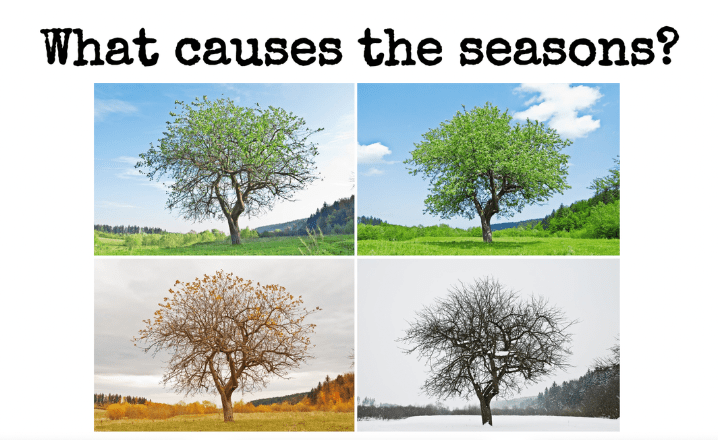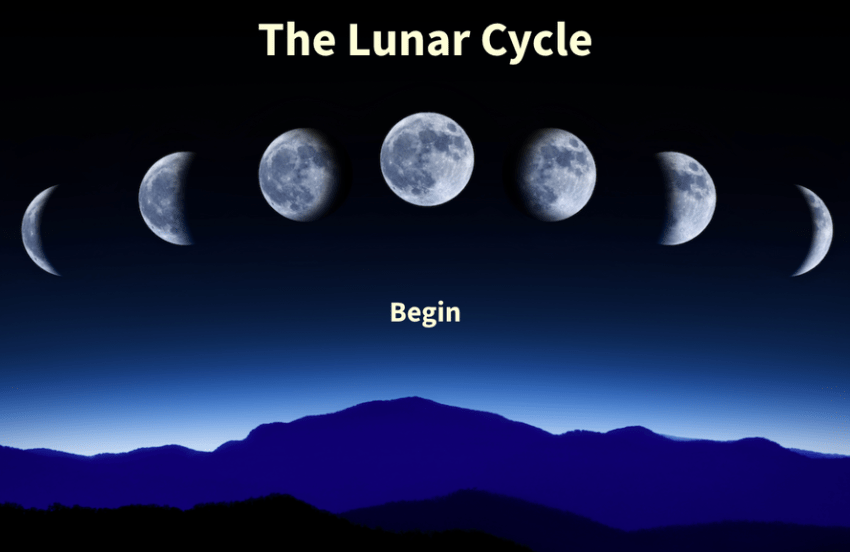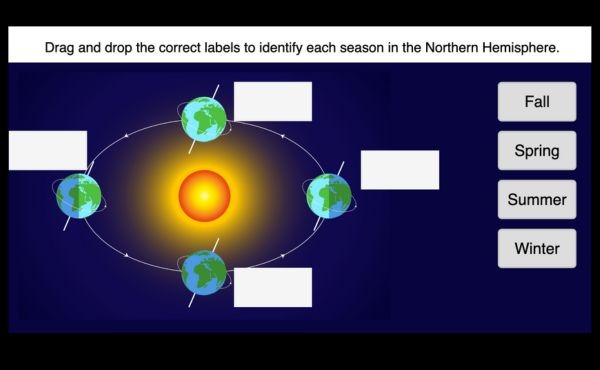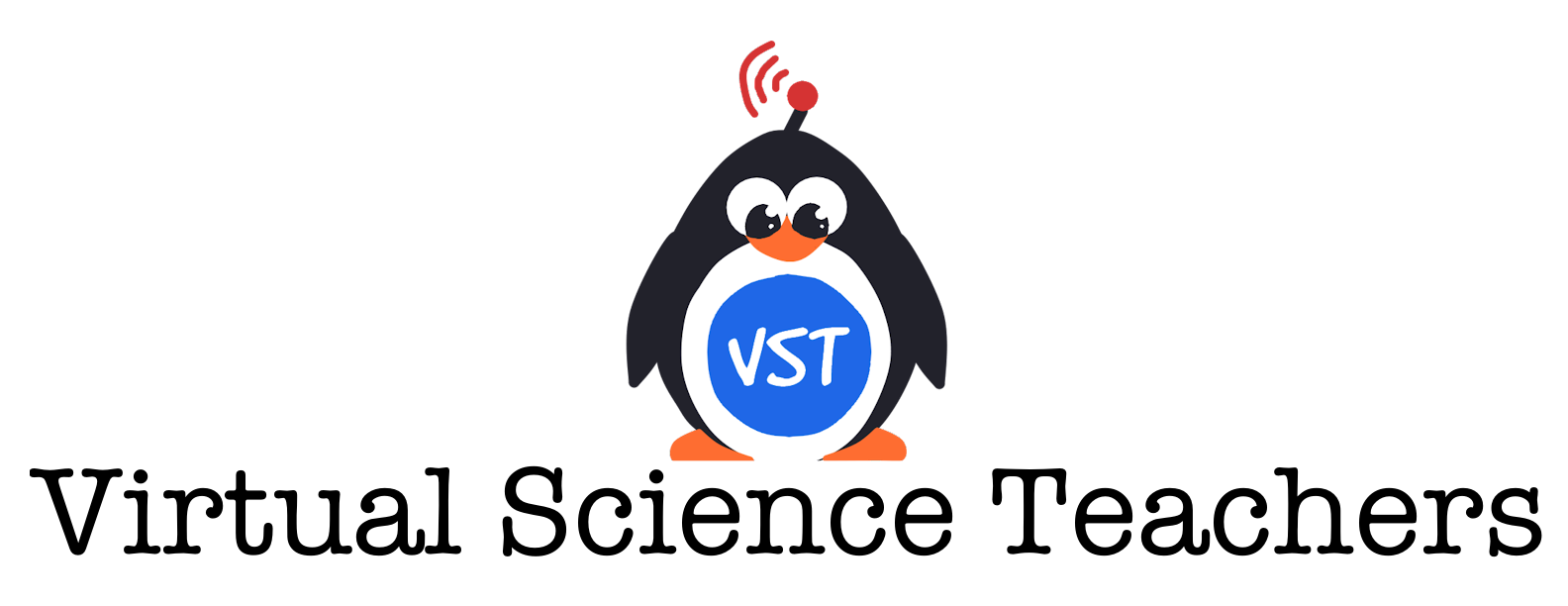Earth's Place in the Universe
MS-ESS1-1: Develop and use a model of the Earth-sun-moon system to describe the cyclic patterns of lunar phases, eclipses of the sun and moon, and seasons.
Bell Ringers:
Observe and Wonder

This collection includes bell ringers that prompt students to observe natural phenomena and ask questions related to Earth’s place in the universe.
Bell Ringers:
Earth-Sun-Moon System

This set of bell ringers poses thought-provoking questions about gravity and includes a list of common misconceptions to help teachers anticipate student misunderstandings.
Interactive:
Seasons

Use simulations to confront misconceptions about the cause of seasons.
- Virginia SOL ES.3b
- NGSS MS-ESS1-1
- Screenshot Signature Page: Users can sign and screenshot the final page for proof of completion.
- Teacher Click-Through: A version without the screenshot page for quick module review.
Interactive:
The Lunar Cycle

Learn why the moon looks different throughout the month and test your memory of its phases.
- Virginia SOL ES.3b
- NGSS MS-ESS1-1
- Screenshot Signature Page: Users can sign and screenshot the final page for proof of completion.
- Teacher Click-Through: A version without the screenshot page for quick module review.
Mini-Challenges
Our Solar System

These embeddable mini-challenges provide quick checks for understanding key concepts such as planets, the sizes of objects in our solar systems, Earth’s seasons, and moon phases.
MS-ESS1-2: Develop and use a model to describe the role of gravity in the motions within galaxies and the solar system.
Bell Ringers:
Observe and Wonder

This collection includes bell ringers that prompt students to observe natural phenomena and ask questions related to Earth’s place in the universe.
Bell Ringers:
Gravity and Orbital Motion

This set of bell ringers poses thought-provoking questions about gravity and includes a list of common misconceptions to help teachers anticipate student misunderstandings.
MS-ESS1-3: Analyze and interpret data to determine scale properties of objects in the solar system.
Bell Ringers:
Earth's Place in the Universe
Observe and Wonder

This collection includes bell ringers that prompt students to observe natural phenomena and ask questions related to Earth’s place in the universe.
Bell Ringers:
Scale of Objects in the Solar System

This set of bell ringers poses thought-provoking questions about the scale of objects in the universe and includes a list of common misconceptions to help teachers anticipate student misunderstandings.
MS-ESS1-4: Construct a scientific explanation based on evidence from rock strata for how the geologic time scale is used to organize Earth’s 4.6-billion-year-old history.
Bell Ringers:
Observe and Wonder

This collection includes bell ringers that prompt students to observe natural phenomena and ask questions related to Earth’s Processes and Systems.
Bell Ringers:
Geologic Time Scale

This set of bell ringers poses thought-provoking questions that relate to evidence of geologic time scale and includes a list of common misconceptions to help teachers anticipate student misunderstandings.
These additional resources are from other organizations that also aim to support science teachers and students! Please note that each link opens in a new tab to external sites.
- Video: NASA eClips Small Bodies Orbiting the Sun
- PhET’s My Solar System Simulation
- PhET’s Gravity Lab: Basics
- Stars Chrome Experiments
- Video- NASA eClips: Limits of Our Solar System
- Hands-on: NASA- Solar System Scroll
- Video- NASA eClips: NASA and a Dinosaur Named Dakota
- NPS Fossil Images, Articles, and Activities
